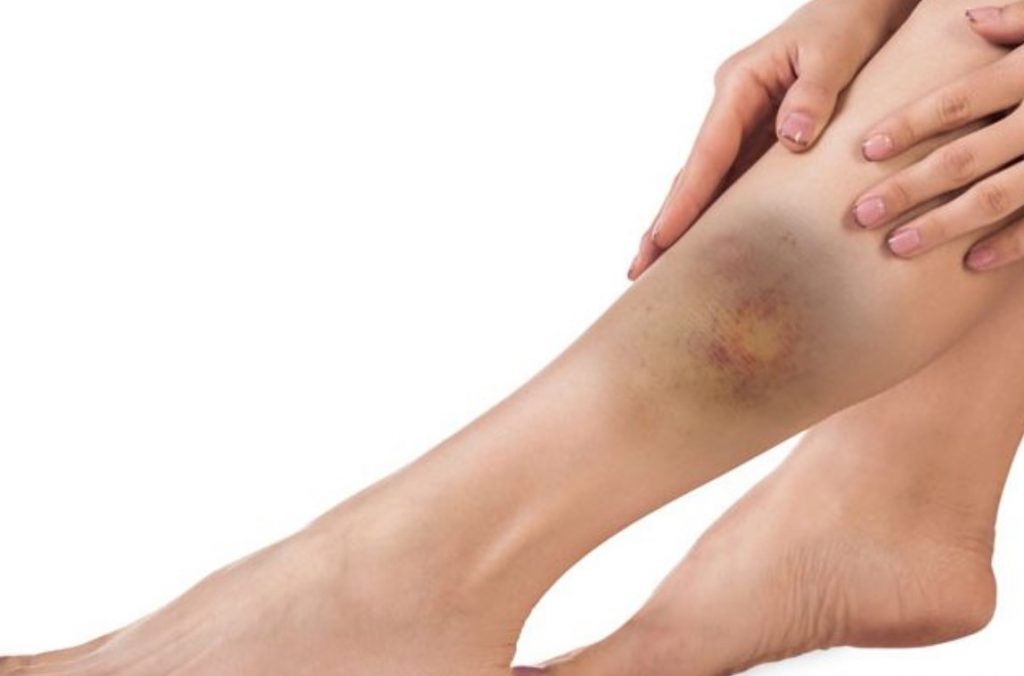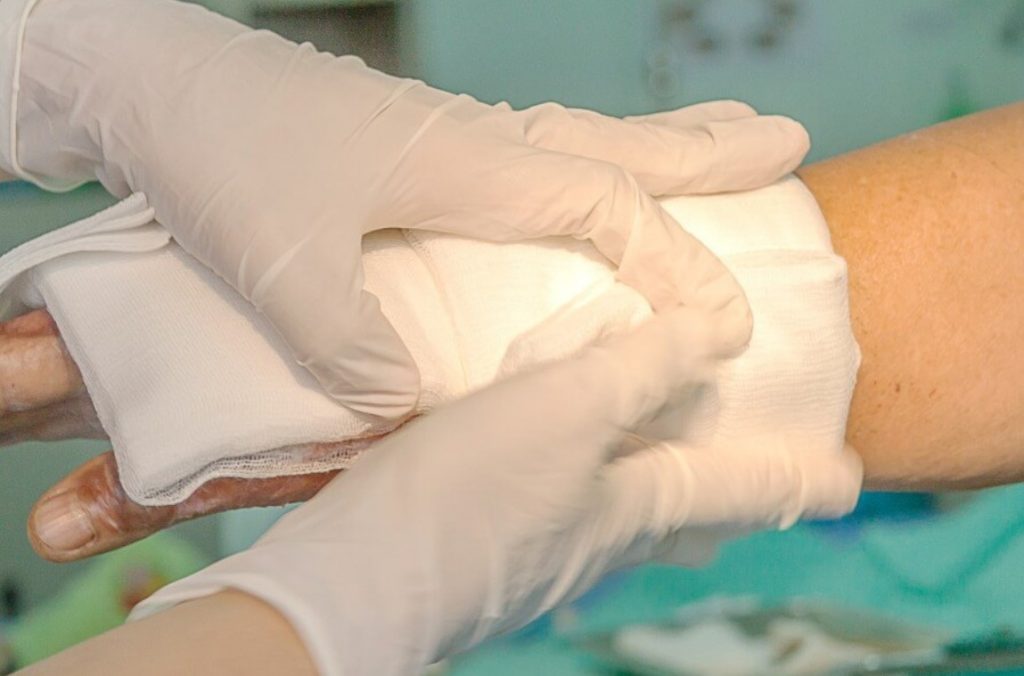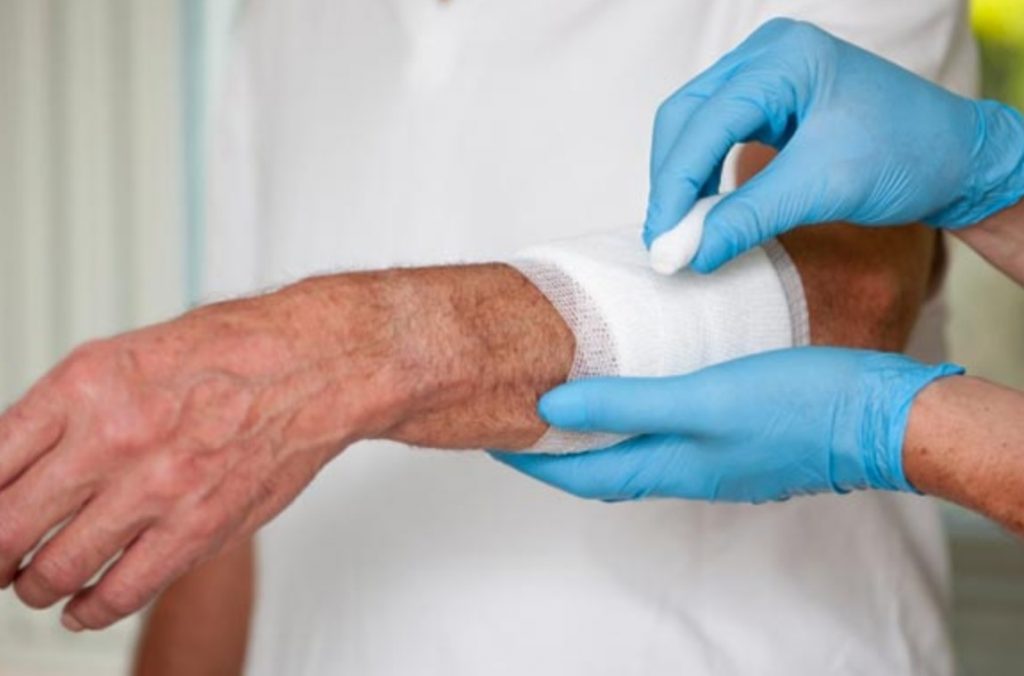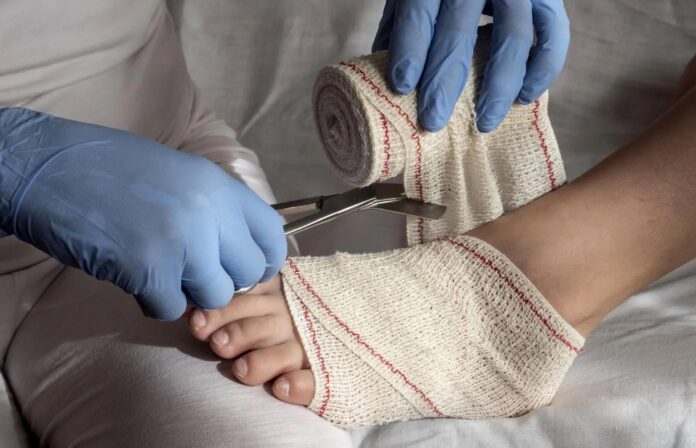No two legal cases are identical. If you choose to bring a lawsuit against an entity or individual, your lawyer must look at the case’s facts before they can figure out how best to proceed. Still, some cases have universalities, a common perspective through which you can start to examine them.
Today, we’ll look at a particular legal case variety, the medical malpractice lawsuit. More specifically, we’ll examine pressure ulcer lawsuits. We’ll go over what a pressure ulcer is, how you’re likely to get one, and what you can do about it if you do.

What Exactly is a Pressure Ulcer?
The first thing about pressure ulcers you should know is that they’re common. “More than one in ten nursing home residents” develops one, as the Fernandez Firm notes. That’s bad news since these injuries can be painful.
You might know a pressure ulcer by another name: bedsore. They happen when a bedridden individual must lie in the same position for hours or days on end.
They might not be able to move on their own, or they may not have the mental acuity to know that they’re supposed to do so. When they stay in the same position for a long time, that’s when a pressure ulcer can develop.
They happen because you limit the skin’s blood flow when you lie immobile for a long time. You need blood to keep that tissue alive and healthy, so if you don’t move around, you will develop these painful sores.

Where Do People Usually Get Them?
There are particular places where people often get pressure ulcers. The tailbone is a likely spot, and also the hips, heels, and ankles. You can develop one if you have to lie in bed for a long time, but if you’re in a wheelchair, you are also potentially in danger.
You can also develop them more easily if you have vascular disease or diabetes. These conditions already limit your blood flow, so if you have one, and you know you need to lie in bed or sit in a wheelchair a lot, you need to learn about preventative measures.

What Are Some of the Common Symptoms?
There are some particular symptoms that you might notice, or your caretaker might see them if you’re not able to move or look at the injured body part. The skin will often change color. That area might also feel sore or tender.
The area might swell. You also might develop an open wound from which puss drains.
Why Are These Sores So Dangerous?
It should not surprise you that these sores can cause pain, but they can do a lot more damage than that if you don’t avoid or treat them. You can develop sepsis. This is a whole-body infection that can cause organ damage because of inflammation throughout the entire body.
You can develop cancer as well. Bedsore might not heal, and you can develop squamous cell carcinoma as a result. You also have to worry about septic arthritis and cellulitis.

There Are Four Possible Stages
There are four bedsore stages that range in severity from one down to four. Stage 1 only affects the top skin layer, and you can recover from it most easily. Stage 2 reaches the skin’s inner layers, and you’ll often develop a puss-filled blister.
Stage 3 generally occurs if the patient has not moved in a very long time. The sore affects not just skin layers but also tissue and fat under the skin. Expect a foul smell, and you’ll require several months to heal.
Stage 4 is the worst one. The sore goes so deep that it can affect the ligaments, muscles, and even the bones. These ulcers can take many months or even years to heal.

What Can You Do if You Develop One?
If you’re able to care for yourself, then the best way to avoid these painful and dangerous injuries is to stay mobile. Even if you’re bedridden for a while like if you’re recovering after an operation, you know that you either need to turn in your bed, or something else has to do it for you if you can’t manage it yourself.
If you do develop one, you can certainly take steps to heal. You’ll need to consult with a doctor. However, if you were in a hospital when it happened, the staff should know to watch out for that sort of thing.
If you have to be in a hospital after surgery, for instance, and you can’t move yourself to avoid bedsores, the staff needs to do it for you. As trained medical professionals, they should know this.
If they fail in their duty, you can sue them, as this is medical malpractice. Every hospital staff should have an orderly or someone else whose job it is to walk around on the floors, going from room to room and turning or adjusting the patients so they won’t develop bedsores.

You Can Contact a Lawyer and Sue the Hospital
If you do develop bedsores when a medical facility was supposed to watch over you, you can sue them. Medical malpractice suits happen pretty often, and some lawyers deal with them exclusively.
You can reach out to an attorney who has experience in this area. Once you explain what happened, they can do their own research and carefully prepare your case. The hospital or medical facility that took care of you might decide to settle out of court, or they may elect to go to trial.
If they do go to trial, you’ll want to have plenty of evidence ready to back up your assertion as to what happened. You should also get an attorney that you can pay on a contingency basis. That way, you will not have to pay them anything if they fail to win your case.
If a medical facility caused your bedsores, there’s no reason why you can’t take the appropriate legal action against them.









